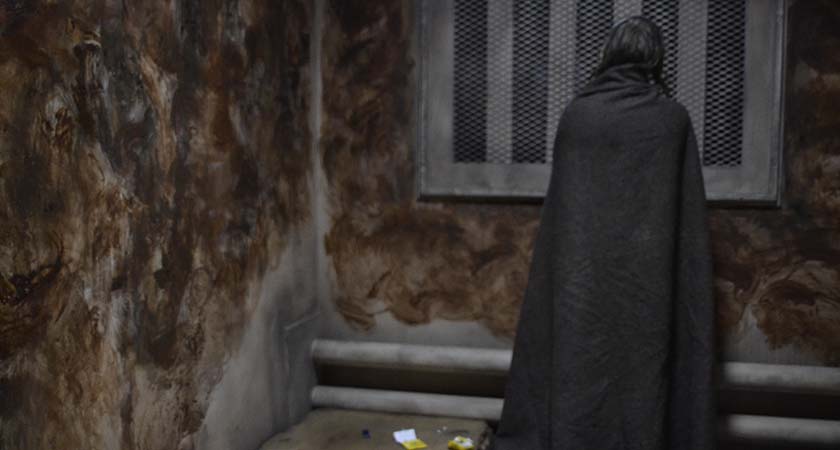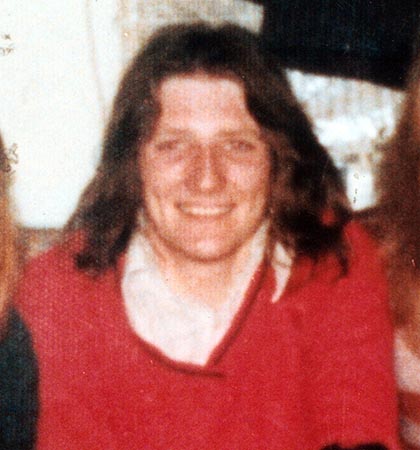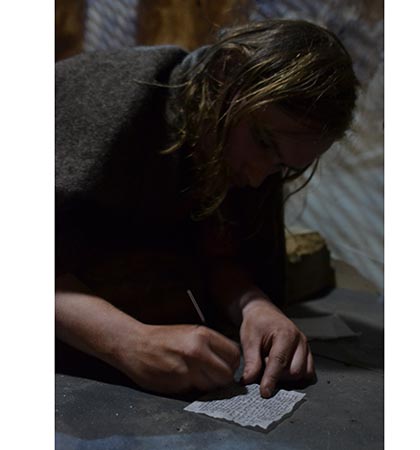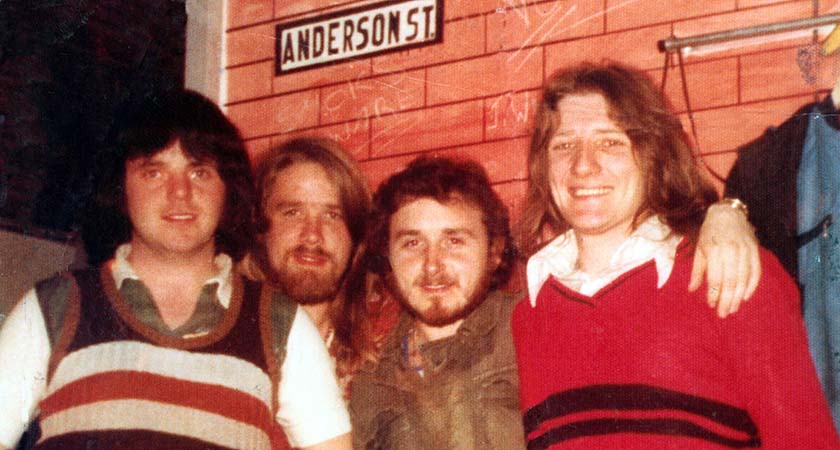1. Day one
The documentary begins in the spring of 1981, on the day Irish Republican Bobby Sands started the hunger strike that brought him to worldwide attention and carved his place in Irish and British history.
 2. First hand accounts
2. First hand accounts
The documentary takes the viewer through the last 66 days of Sands' life, using his own words (taken from his poignant and contemplative diary), interviews with the men and women who knew and supported him, the men who kept him under lock and key and those who fought for the other side.
 3. Not everyone was easy to convince
3. Not everyone was easy to convince
The ambitious project was three years in the making. Award-winning director Brendan J. Byrne told The Irish Post, "Because this was such a potentially controversially subject, I had to demonstrate that I was deadly serious."
To do so, Byrne wrote a 70-page colour treatment to show to potential funders. "It had to make a noise when it hit the desk so they'd think 'this guy is serious, we can't fob him off.'"
4. Separating fact from fiction
There is much mythologising about Sands, but the film tells the factual story of Sands' extraordinary life for the first time. Described as a "probing personal portrait" it separates the fact from the fiction and gives voice to players on both sides of the conflict.
5. Drawing on Sands
The 105-minute long movie uses a combination of eye-witness testimony, unseen archive footage, reconstruction and impactful comic-book style animation to tell Sands' story. Although the animation takes up just under five minutes of the film's total running time, it is attracting attention. Director Brendan J. Byrne brought animators Peter Strain and Ryan Kane on board to create the illustrated Bobby Sands, at a cost of about £15,000.
 6. Reminder of Sands' poetic powers
6. Reminder of Sands' poetic powers
Sands was a poet as well as an unlikely politician. In 66 Days, Bobby Sands is voiced by Martin Mc Cann. Some of the most chilling moments of the film come as McCann reads Sand's words, such as the iconic statement: "I am standing on the threshold of another trembling world. May God have mercy on my soul."
7. Divisive figure
Sands is a divisive figure in Ireland, Britain and beyond. He is "both hero or villain in equal measure, dependent on what nationality and religion you claim," says Byrne. "Few can argue about the courage and conviction it takes for someone to offer their life for something they believe in."
8. Dark Times
The film takes the audience on an unflinching ride through the darkest and most intense chapter in the island of Ireland's embattled history. It delves into militant Irish republicanism, the Irish tradition of martyrdom, the Thatcher government's approach to the hunger strikers and examines the forces behind the bloody fight against British rule.
9. Sands' legacy
Sands died on May 5, 1981. The powerful film shows how his death brought about a turning point in the relationship between Britain and Ireland. His one unswerving non-violent protest turned an international spotlight on the crisis in the North which set the wheels in motion for the historic resolution that followed with the Peace Process.
 10. Director's chair
10. Director's chair
Brendan J. Byrne was a 15 year old school boy when Sands went on hunger strike in '81. He says it left an "indelible mark" on him. Previously, Byrne made a movie about the Irish in Britain called Men of Arlington. His subject was the former residents of London hostel Arlington House, which housed thousands of Irish men who came to London in search of work in the 1950s and 60s.
11. A key revelation
While much information about Sand's life is already in the public domain, Byrne says the movie deals with one common misconception – that the IRA controlled the Hunger Strikes. "There is a misconception that the IRA were pulling the strings and masterminding these impressionable young men. That is rubbish...Bobby Sands alone decided alone to go on the second hunger strike, against IRA wishes", says Byrne. In doing so he became the architect of his own tragic destiny.
12. Watch this space
Byrne's next movie is called One Million New Yorkers, focusing on one of the biggest secrets in American history – a little-known island, 10 miles from "the twinkling lights of Manhattan" which has been used as "America's secret graveyard" over the past 150 years. Together with his Belfast-based Finepoint Films team, Byrne is also set to release a film about soccer legend George Best. "It's in the works", says Byrne. Although no official release date is known yet, it could be out before the end of the year.


